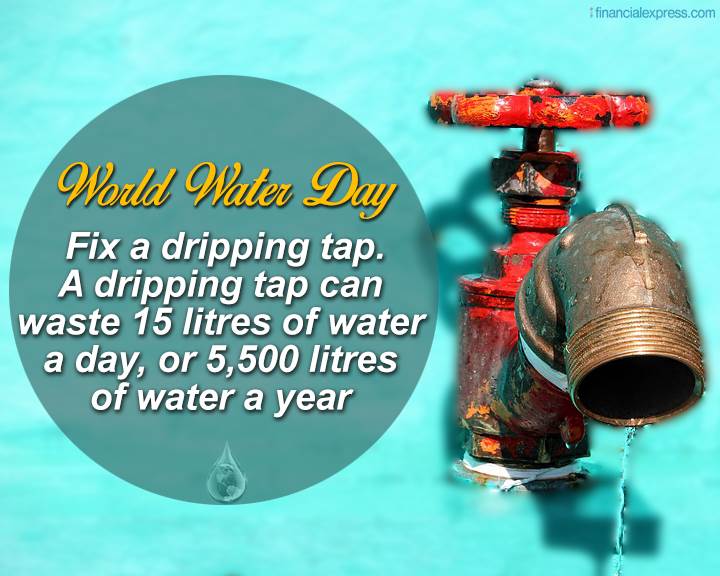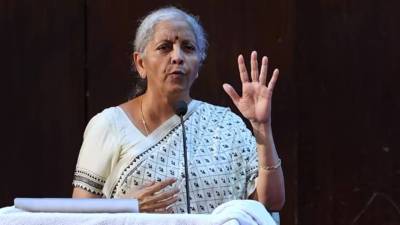Water is a basic necessity — for the rich, the middle class and the poor alike. Access to clean drinking water and adequate sanitation is vital to human health. The majority of the rural population lives without sustainable access to safe drinking water and basic sanitation. For the rich, the elite and the entitled, the vouge is to indulge in luxurious detoxification bathing, soothing bath salts, and warm suds, and remain undeterred by ongoing water scarcity issues. A good soak in a warm bathtub may bring them tranquillity. But the same quantity of water can do wonders for a household deprived of water and sanitation.
Everyone talks about water conservation, but the fact remains that very few walk the talk. The rest regularly whine over water woes. At this juncture, the only thing that can ensure water sustainability is awareness and effective water management. With no rainwater harvesting and check on wastage or recycling, groundwater resources are depleting fast. With an increase in consumption, dependency on tankers has worsened the water supply crisis. Middle-class society has embraced this with a bitter pill, instead of challenging it. The growing construction activities, poor management, and climate change have increased scarcity of water. Accessing safe water is a daily struggle for 650 million people worldwide. The poor and underprivileged spend more on water than the wealthy and the middle class.
Bengaluru is inching towards a drastic water shortage and is likely to become the Cape Town of India if sharp precautionary measures are not taken immediately. Bengaluru’s water bodies have declined by 80% since 1973.
We have become so accustomed to the warnings that we still take water for granted. It is shocking to discover that schools in drought-hit regions remain closed due to lack of drinking water. 15% of schools and Anganwadi centers have no access to safe drinking water. Only 20% of the rural population is fortunate enough to get potable drinking water. Over 180 million Indians do not have access to safe drinking water.
Also Read: The disease Manohar Parrikar fought: Understanding what is Pancreatic Cancer
Over two billion have no access to safe water worldwide and some 4.5 billion people, including 200 million Indians, lack adequate sanitation services. The most vulnerable to water scarcity are women and girl children. Women and girls across the world spend 200 million hours every day carrying water. As a result, rural women are missing opportunities for employment and income generation. Fetching water deprives girl children of time for studies. Worse, the water is often contaminated, and insufficient sanitary conditions lead to diseases. Some 2,000 children die each day from infected, unsafe water and poor sanitation, out of which 500 children die from diarrhea each day in India.
Water crises are often closely tied to the country’s economy. Most parts of India are drought-hit and farmers are unable to irrigate lands. The contribution of agriculture to GDP stood at 52% in 1950.
Globally, scarcity of water and migration were related, and India is no exception to the phenomenon. The loss of livelihood due to acute water shortage force those affected to migrate. Thus, people are increasingly migrating from rural to over-populated towns. The mass exodus of the rural population was the leading cause of the shortage of agricultural labor and falling agricultural production.
When contemplating the water crisis, the crux is often centered around global warming as the key factors — water and migration — are closely associated with climate change. It has an impact on rainfall patterns, which leads to increased flooding, drought, and soil erosion. Soil erosion, the devastating result of global warming, is not only reducing agricultural productivity but also contributing to the pollution of rivers, lakes and water bodies. The eroding soil carries fertilizers, pesticides and crop stubble to downstream water bodies and contaminates the water.









